We start the project with the addition of biosolid compost.
September 8
With the different tillage (traditional and conventional) we prepare the soil and incorporate the compost at different depths.
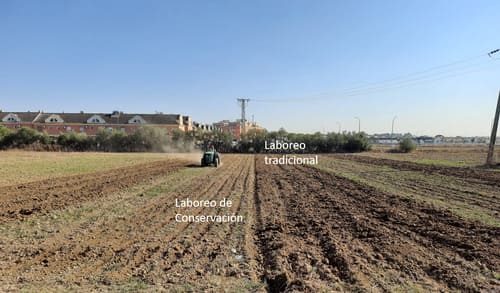
September 28
The probes for moisture measurements and the rings to measure the soil respiration are already installed.
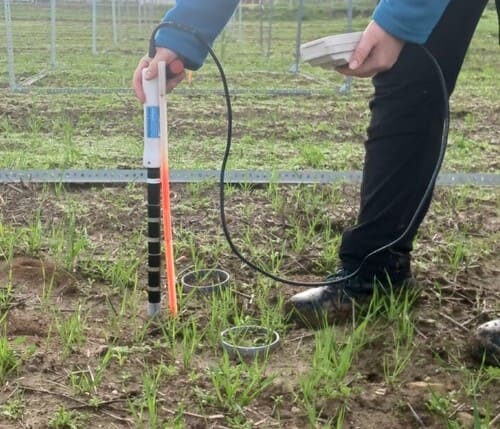
November 16
Our rainout shelters are ready to start working
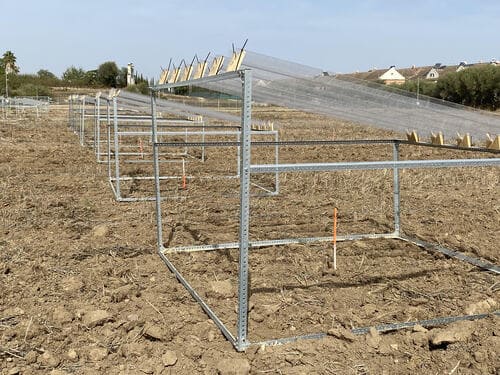
November 21
This soil infiltrometer will allow us to know the capacity of our soils to transport water and oxygen to deeper layers. Will our soils be very compact?
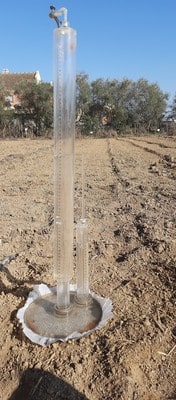
November 29
Through this device known as IRGA we will measure the respiration of the soil (the flow of CO2 from the soil). Soil respiration is closely related to the temperature and humidity of the soil and the soil management carried out. How will it fluctuate in our conditions?
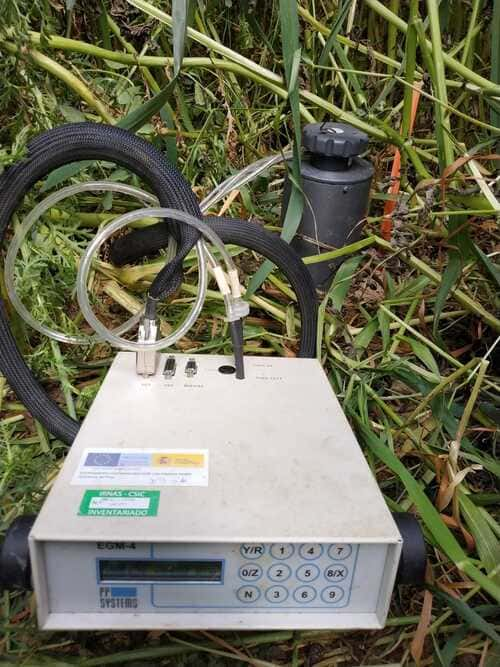
December 15
Our broad bean seeds are already planted. Good luck!
January 18
Our beans are growing but the lack of rainfall has caused problems in the germination and development of the plants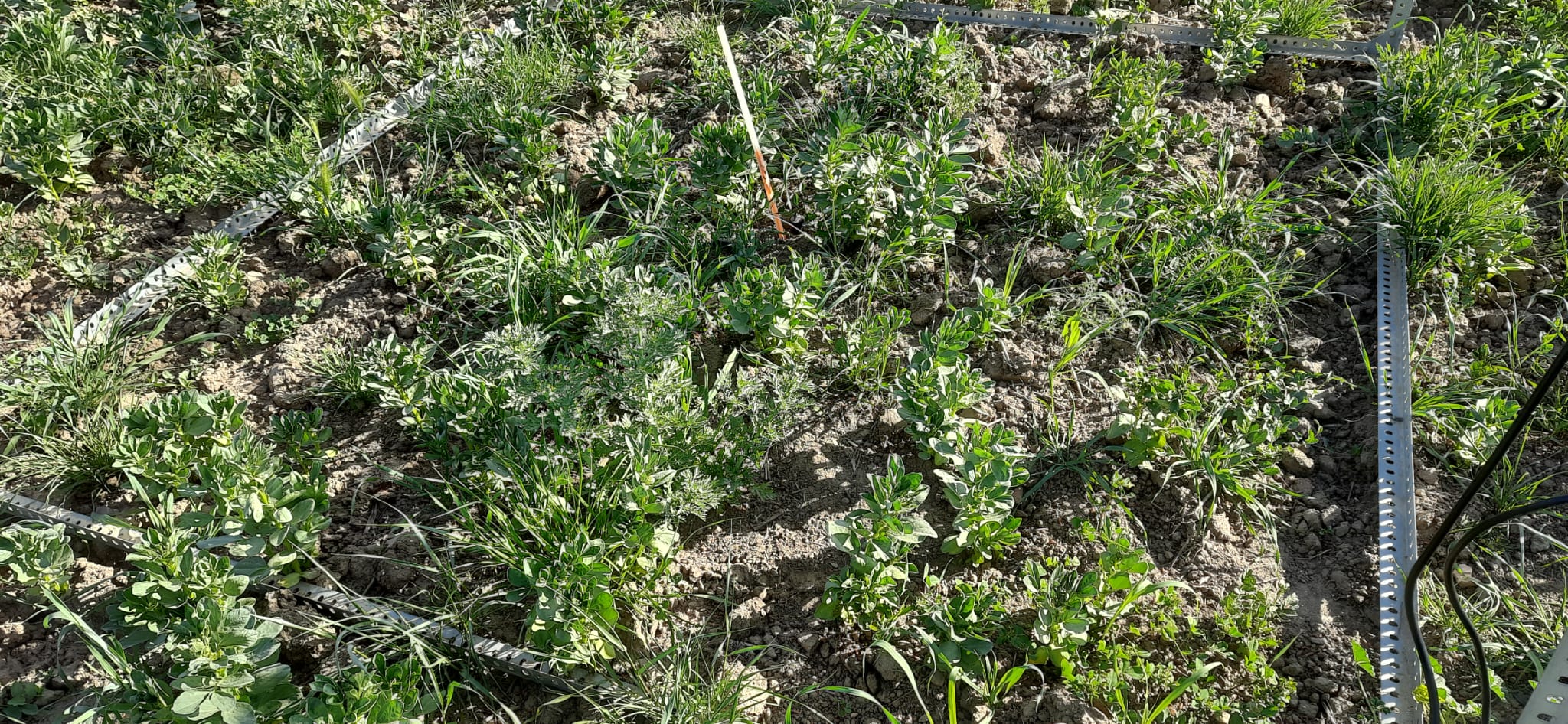
March 29
We take samples of the crop to estimate plant biomass and count of nodules and mycorrhizae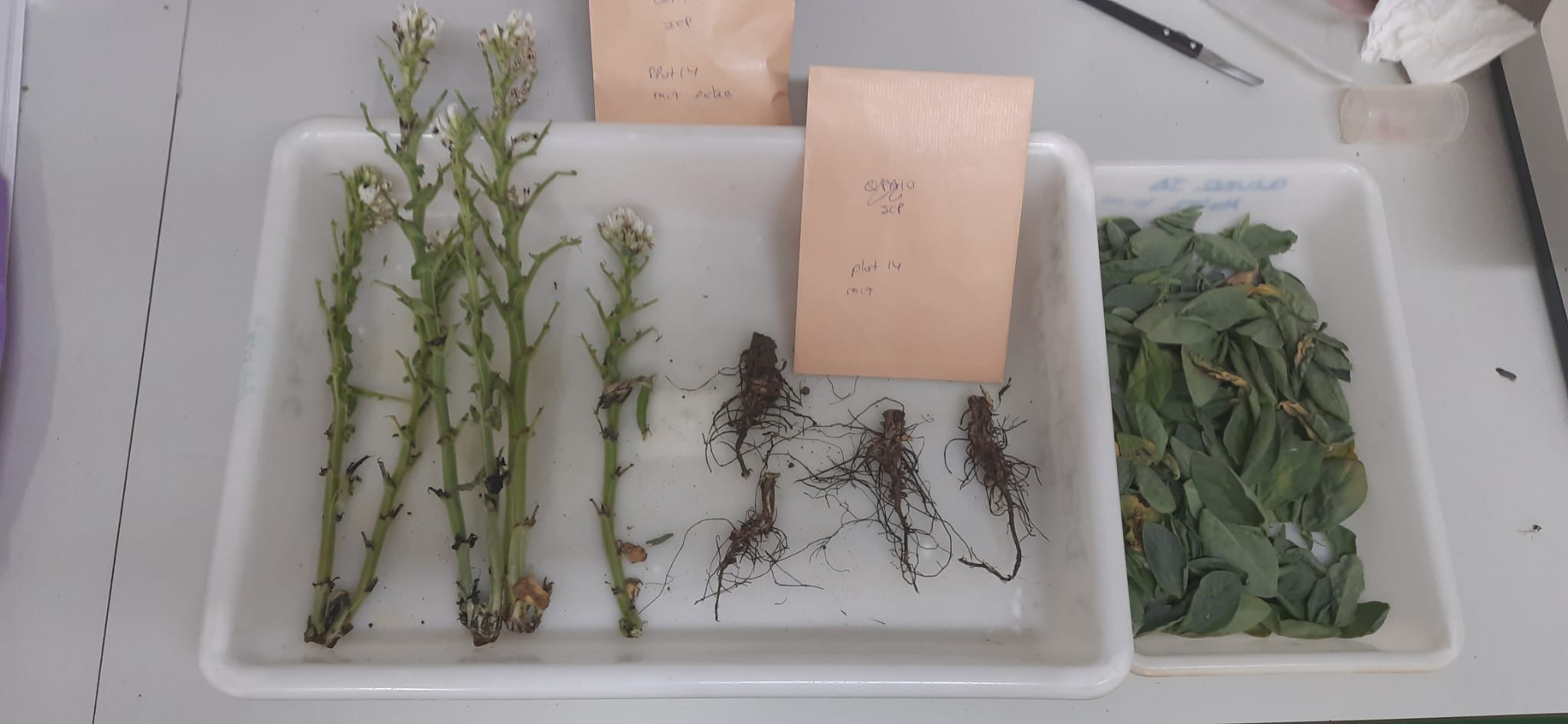
April 19
During sample collection, we observed some anomalies in the roots of our beans. To our surprise, an unwanted guest ‘jopo’ came to settle in our crop. Jopo is a parasitic plant that attacks certain leguminous plants such as broad beans with particular aggressiveness. Unfortunately this will mean that the crop will have to be interrupted.
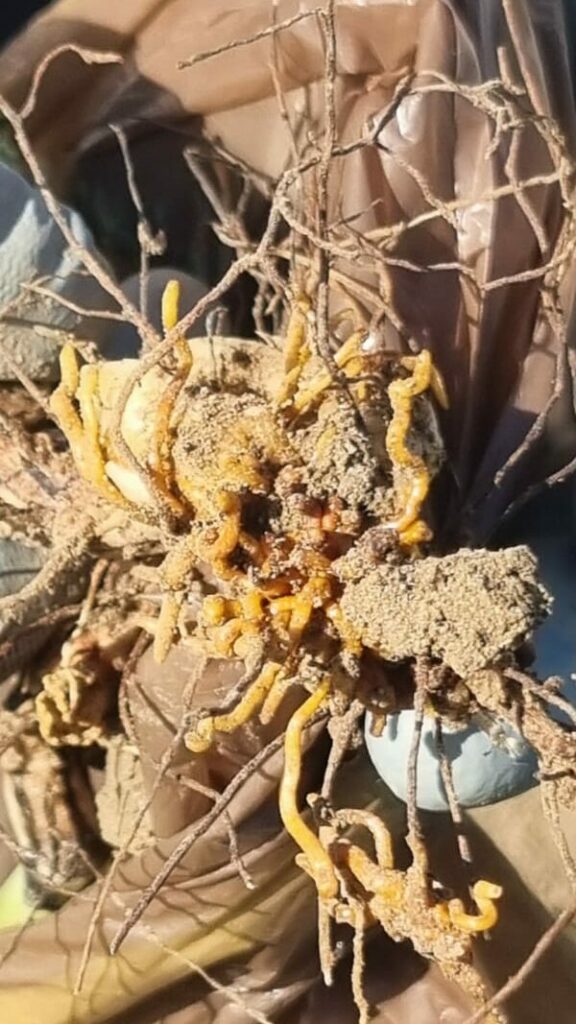
April 29
The second year begins with the addition of compost.
November 14
Preparatory work in the field, seeding is approaching!
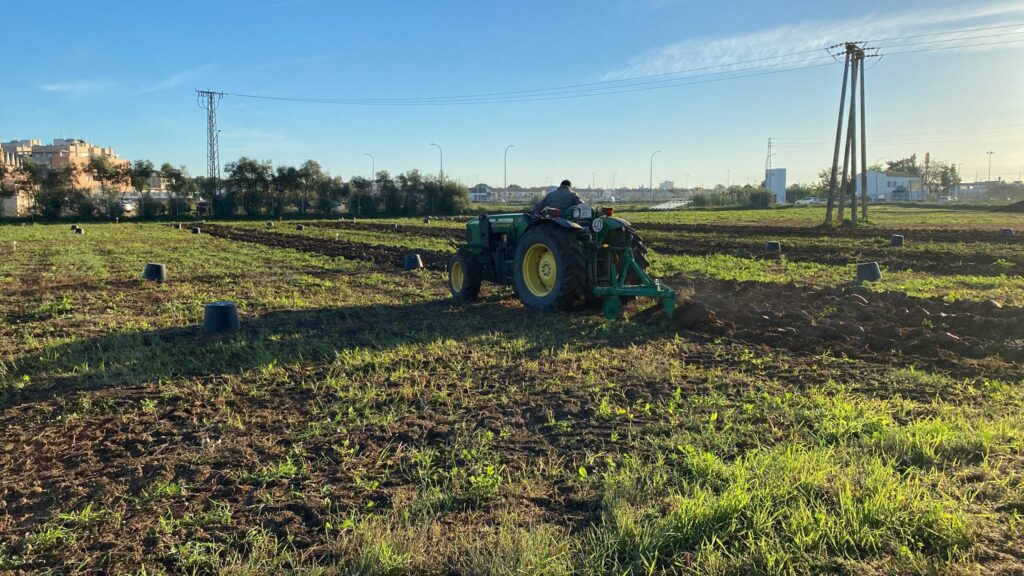
November 15
First soil sampling of the second year. Samples will be processed and analyzed over the next months.
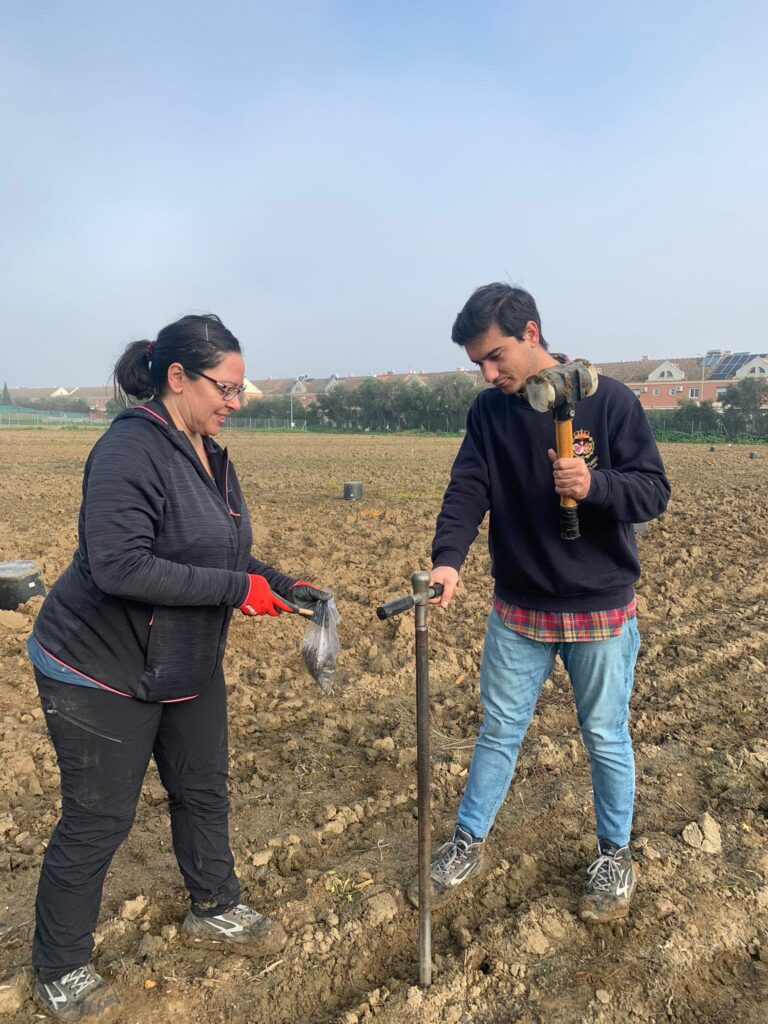
December 12
Sowing!
December 20
Wheat borns with strength. We measure the germination percentage.
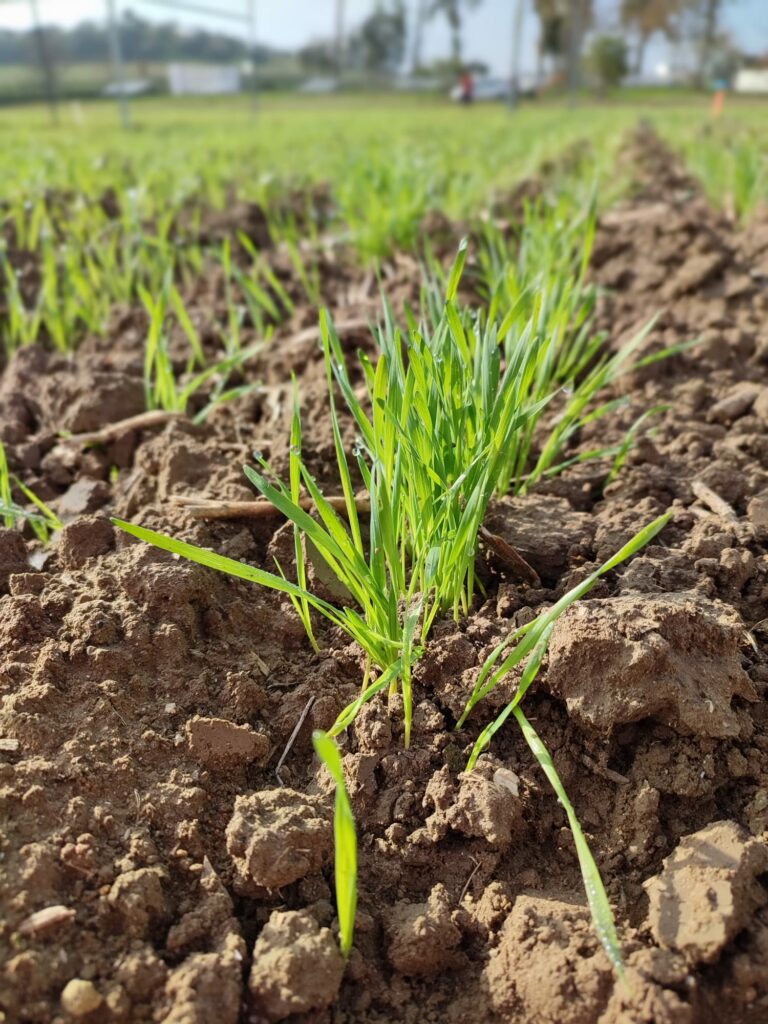
January 11
Wheat begins to glean in the trial
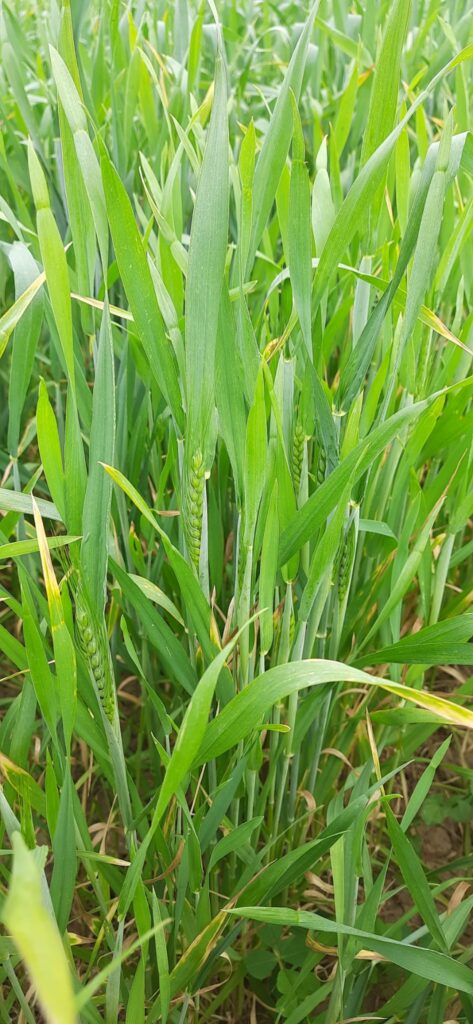
March 20
Second soil sampling this year, later the samples will be analyzed by the group at IRNAS.
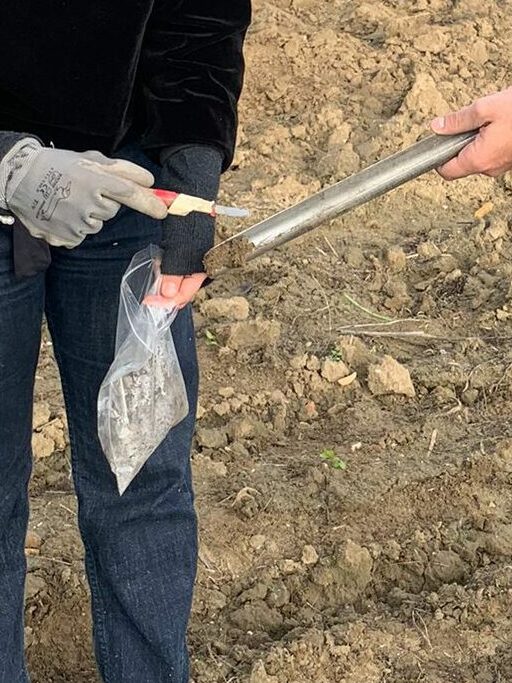
April 8
In the laboratory we are analyzing the enzymatic activities of the soil.
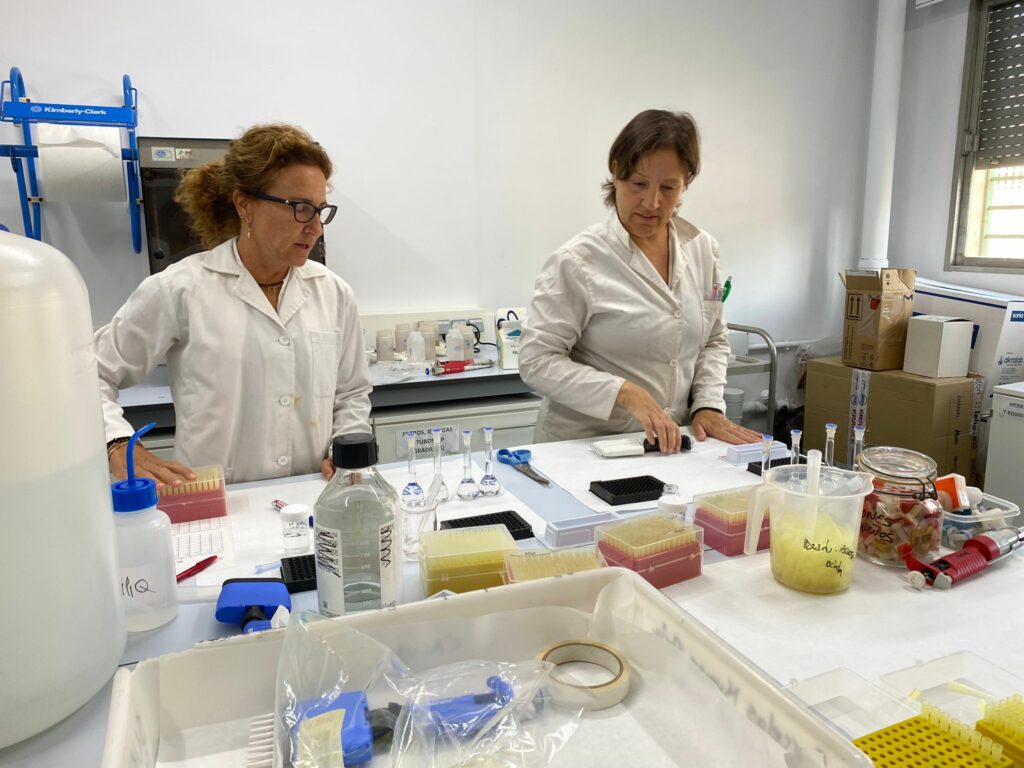
April 24
After the whole crop cycle, the wheat is ready for harvesting.
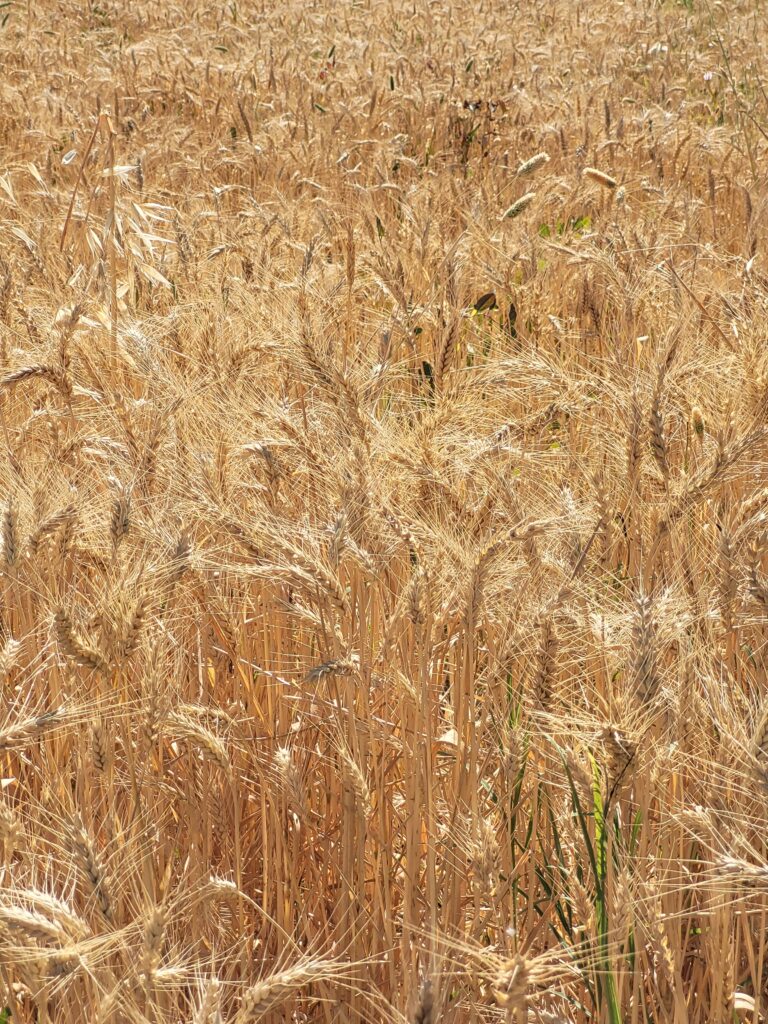
May 17
Harvesting of samples for subsequent analysis
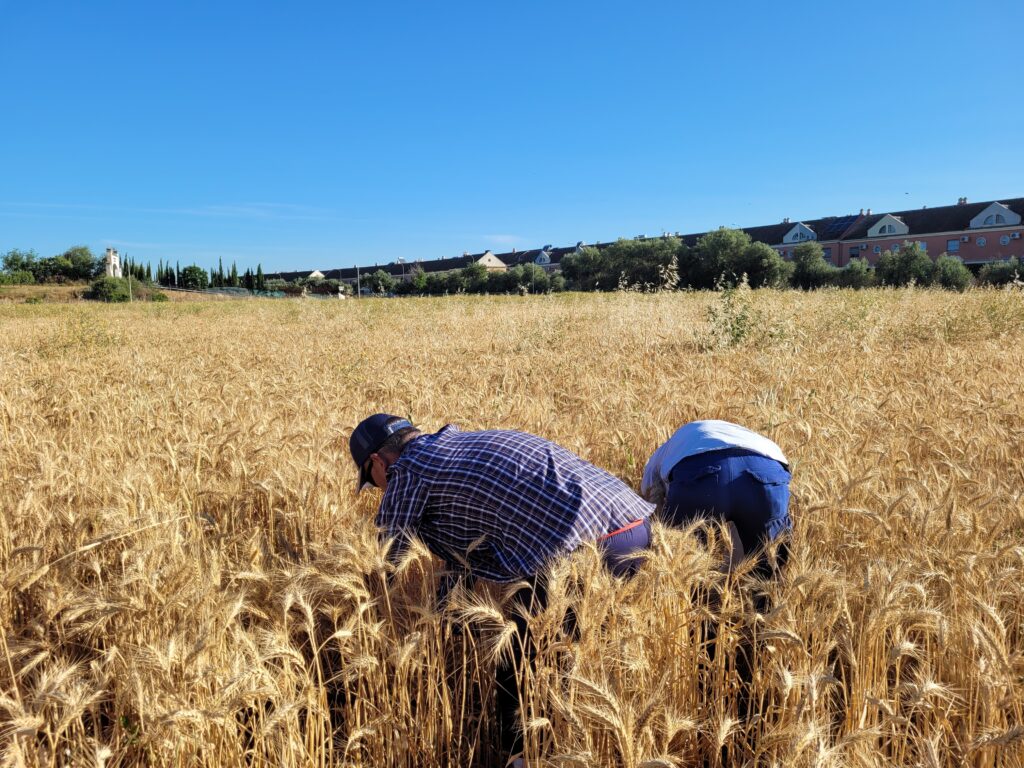
May 22
We continue with soil mycorrhizae counting
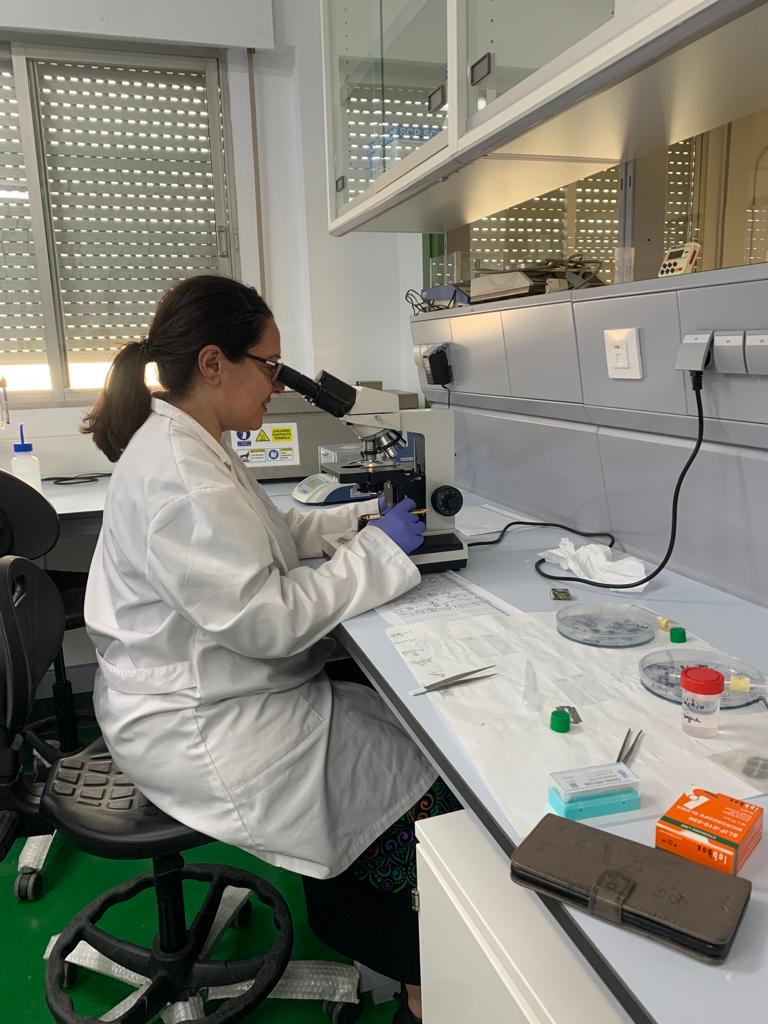
June 19